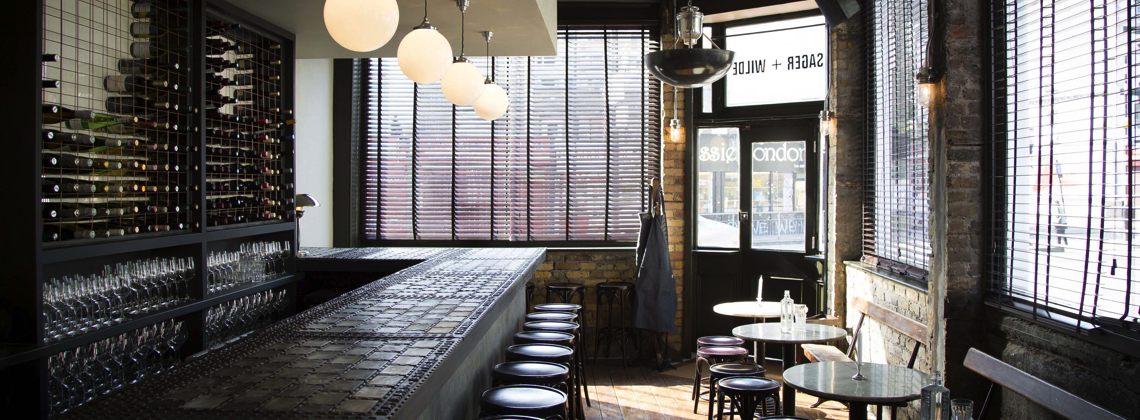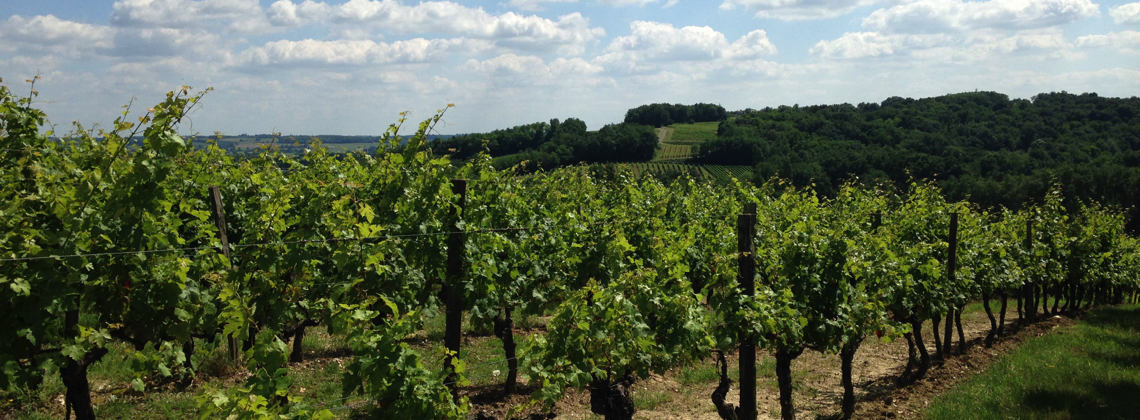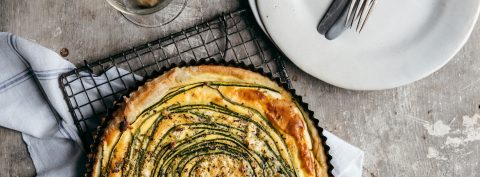Reds from a new generation
Bordeaux is known historically for producing high quality, complex and aged blended red wines from prestigious estates. However, that is changing with a new and fresh approach from a younger generation of vignerons who are challenging the perceptions of the region, from adaptations in the vineyard to tackle climate change to innovations in the winery to make more consumer-friendly, lighter and fruitier styles of red wines, as recently seen on a trip to the region as a guest of Bordeaux Wines. 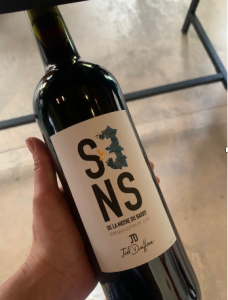
Climate change is a current challenge. A seminar at the Ecole du Vin de Bordeaux revealed that producers are taking a number of different approaches. Merlot accounts for 66% of the total plantings across the region and as it’s an early ripening variety, its ripening is directly impacted by climate change. The time between technical and phenolic ripening is now around 10-15 days; it used to be 5. The extra ripening time now needed is leading to higher sugar levels, lower acidity and ultimately a higher alcoholic wine. To counter this, producers are looking at later ripening rootstocks, better canopy management and planting on cooler sites. But the general trend seems to be using more Cabernet Franc, (9.5% of total plantings), as it’s a later ripening variety. Other permitted red grape varieties include Cabernet Sauvignon 22.5%, along with Carménère, Malbec and Petit Verdot, that account for 2% of total plantings.
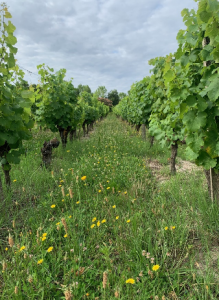 New grape varieties were permitted by the Bordeaux Wine Council for regional appellations in 2020 as a response to tackling climate change. Although still at an early stage, you might find any of these grapes in your red Bordeaux blends one day: Arinarnoa (Tannat x Cabernet Sauvignon), Castets, a rare grape from South West France, Marselan (Cabernet Sauvignon x Grenache) and the Portuguese variety of Touriga Nacional!
New grape varieties were permitted by the Bordeaux Wine Council for regional appellations in 2020 as a response to tackling climate change. Although still at an early stage, you might find any of these grapes in your red Bordeaux blends one day: Arinarnoa (Tannat x Cabernet Sauvignon), Castets, a rare grape from South West France, Marselan (Cabernet Sauvignon x Grenache) and the Portuguese variety of Touriga Nacional!
Producers are also working to become more sustainable with numerous properties now certified as HVE (High Environmental Value) and we are seeing a greater use of organic farming throughout the region. At Château La Lande de Taleyran, the owner and winemaker Arnaud Burliga, says he uses a mix of organic techniques, although not certified, to ensure biodiversity is preserved.
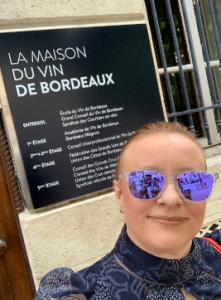
The new generation of winemakers within Bordeaux are also adapting in the winery with the use of shorter macerations to control tannin extraction, less barrel ageing and the ageing of wines in other vessels. At Château la Garde in Pessac-Léognan, they vinify plot-specific wines to express the unique soil types across the vineyard. These red wines have been aged in amphora to allow micro-oxygenation, but without developing any oaky aromas, so you can really taste the terroir!
At Château la Mothe du Barry, winemaker Joel Duffau has carefully considered the need for sustainable packaging as all of the wines in their Otherwise Bordeaux range are bottled in lightweight glass, use 100% recycled paper labels and are packed in biodegradable cardboard boxes. 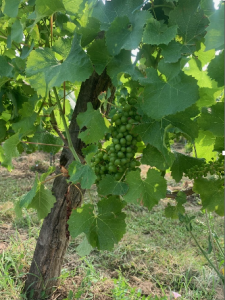
It’s been fantastic to see how the region and its new generation of winemakers are taking climate change seriously and how the region is adapting to evolving consumer palates with fresher styles of red wines. It was also refreshing to hear from some of the younger winemakers who have taken over family estates such as Château Quincaron in Graves about how important sustainability within the region is to them and how they need to adapt to preserve the future and longevity of Bordeaux wines.
